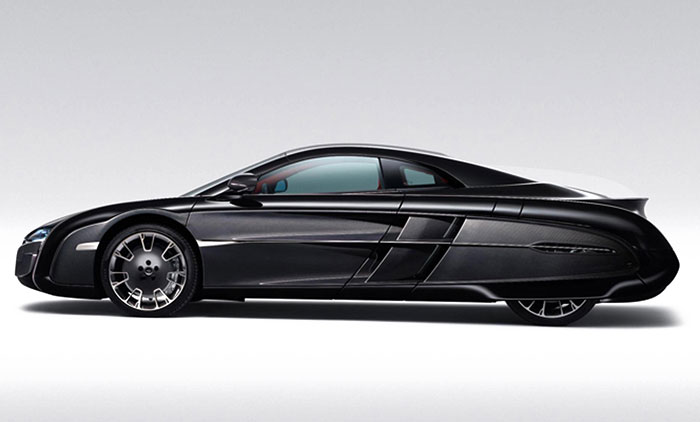
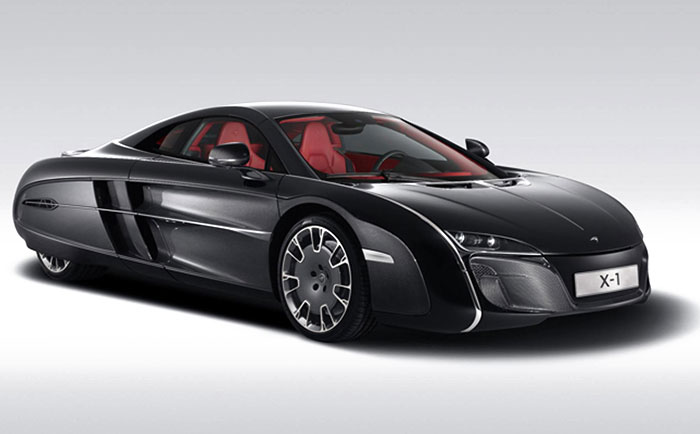
McLaren Special Operations has unveiled the X-1 Concept, an extreme and futuristic one-off with a carbon fiber body, commissioned by a private customer and based on the 12C.
The X-1 Concept is being presented today by McLaren Special Operations (MSO), the division of McLaren Automotive responsible for the delivery of bespoke projects, at The Quail event during the Pebble Beach weekend in Monterey, USA.
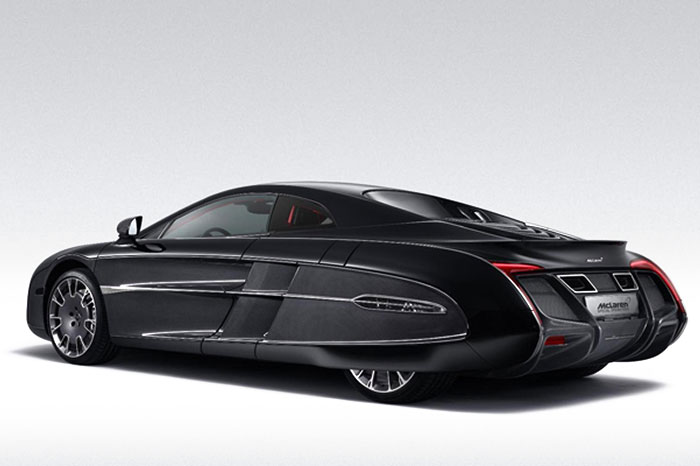
Based structurally on the company’s carbon MonoCel, the X-1 Concept has a totally unique body, it has been created for an anonymous car enthusiast.
The client asked for an design competition among McLaren designers and external designers, and eventually selected the concept penned by Hong Yeo, who focused on achieving balanced and elegant proportions typical of GTs with front-mounted engines.
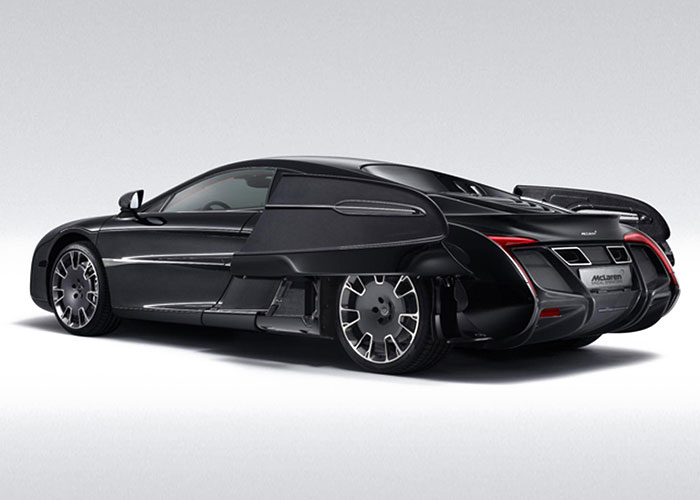
Paul Mackenzie, now head of McLaren SO, and Design Director Frank Stephenson went to see the gentleman to start to explore the sort of car he wanted.
"The key qualities the client desired were 'timeless and classical elegance.' Which was some challenge," said Stephenson.
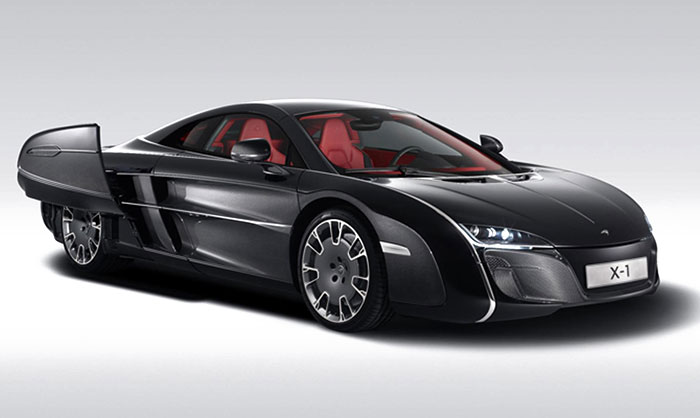
Inspirational cars included a 1961 Facel Vega (actually one of my personal favorites), a 1953 Chrysler D'Elegance Ghia, a 1959 Buick Electra, a 1939 Mercedes-Benz 540K and a 1971 Citroën SM. There were various examples of architecture – including the Guggenheim museums in New York and Bilbao – plus a Jaeger LeCoultre art deco clock, an Airstream trailer, a Thomas Mann Montblanc pen, a grand piano – and an eggplant. "The client liked the shiny texture of the finish," notes Stephenson. There was also a black-and-white photo of Audrey Hepburn.
After a design competition that included designers from outside of McLaren and even the automotive industry, a scheme was chosen from McLaren’s own Hong Yeo, a recent Royal College of Art graduate from Korea.
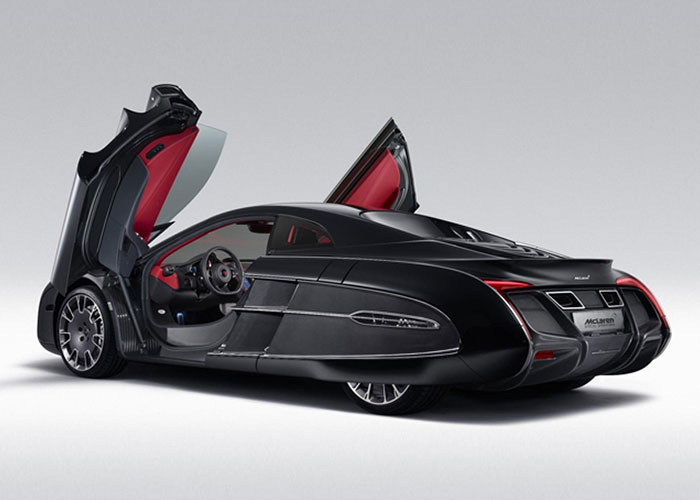
"X1 embodies the McLaren value that every part has to have a purpose," said Yeo. "No details are simply visual cues, every one has a purpose. Although I like to think the wide body combined with pontoon style rear fenders will ensure the car glides when it's moving just like a superhero's cape...'
The fixed points of engineering for the vehicle were the 12C’s unique "mono-cell" carbon-fiber passenger tub and glasshouse, and of course the 625 hp twin-turbo V8 engine and drive chain. Everything else is completely bespoke; body, lights, wheels, mirrors, trim, and the construction took over two years in total. A full on-road development program was required since the car would be homologated for road use. A Computational Fluid Dynamics program and 625 miles of track test driving was also required to ensure stability at high speed.
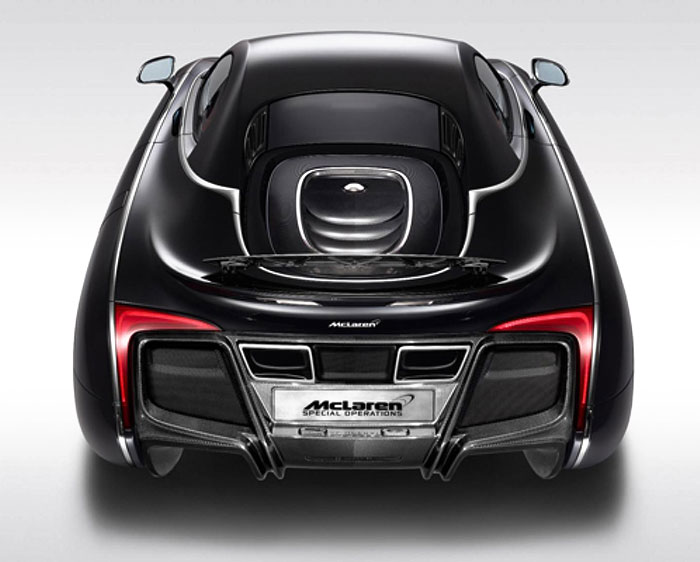
All body panels of the X1 are made from carbon, and are finished in a rich piano black, as specified by the owner. Body sides are lacquered visual carbon fiber. "The black paint has no metallic or color tints and is one of the most challenging colors to paint, but the finish is absolutely exquisite and befits the car perfectly," adds Stephenson.
Components were tooled exclusively for the car. They even include unique head- and taillights, inspired by the McLaren Speed Marque logo. The brightwork is machined from solid aluminum, and a nickel finish is then applied. The McLaren logo in the nose is specially machined from solid aluminum then nickel plated. Wheels are also unique to the X1, and are diamond turned with a tinted lacquer to complement the exterior nickel-plated brightwork.
The brightwork itself is all machined from solid aluminum, and then nickel finished to give the same hue throughout. Even the McLaren Speed Marque badge in the nose is machined from solid aluminum, then nickel plated.
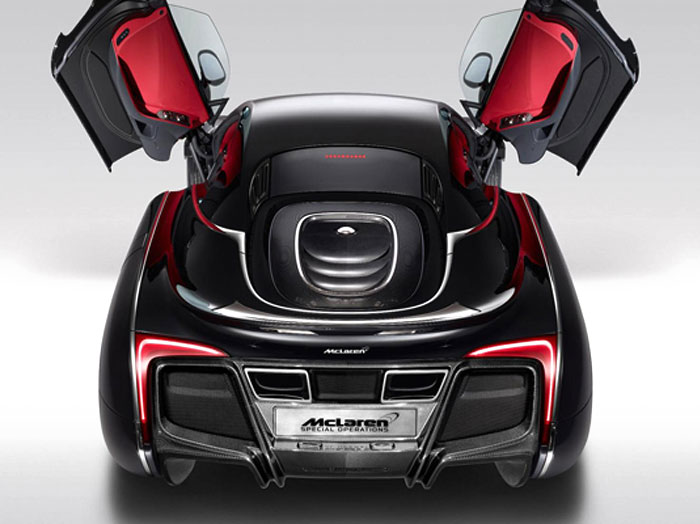
The same brightwork is used for the over-the-shoulder rails (as specified by the owner), at the base of the windscreen and the back of the glasshouse, and for the "eyebrows" over the bespoke headlights. The McLaren Airbrake rear wing is also machined from solid aluminum and nickel plated, to complement the rest of the brightwork.
Perhaps the most unusual styling feature is the enclosed rear wheels, an upshot of the owner's desire to have a car reflecting "timeless elegance." The wheels are accessed by carbon panels using, as Stephenson explains, "some of the most gorgeous hinges you've ever seen."
The unique body of the X-1 means some dimensions have changed over the 12C. The X1 is 4 inches (10 cm) longer and about 7.5 inches (19 cm) wider but the height is unchanged and overall weight remains the same at 1400 kg (3,080 pounds) due to the extensive use of carbon-fiber.
While the basic architecture of the interior did not change, personalization includes bespoke Harissa Red McLaren Nappa leather used for the seats, door and roof trim, and switchgear with machined nickel-coated, aluminum bezels. The carbon interior trim has a titanium weave, to give a 3D-like effect. Special tufted carpet covers the floor.
McLaren









